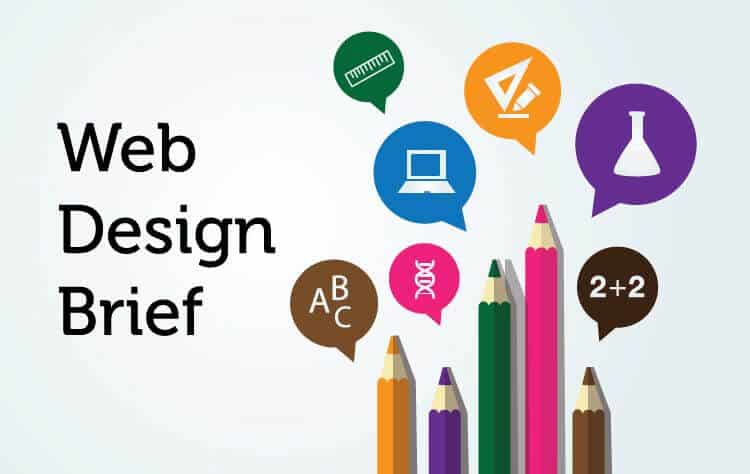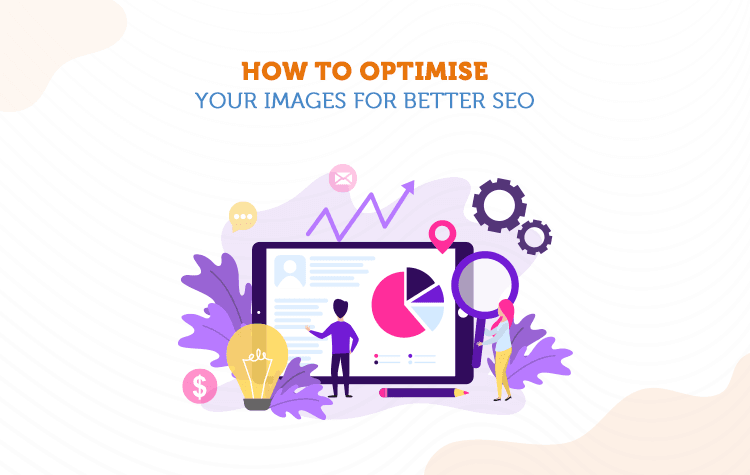At Nirmal, every day I handle a number of phone calls and messages regarding our web design services. Years of experience with clients has developed a notorious skill inside me which I call “Cat Pouncing.”
As funny as it seems, the real meaning behind it is the ability to categorise the potential good clients who know their stuff. One of the ways I do that is from the brief they attach to my email.
Web design brief is a critical document which involves client’s expectations and requirements. So, it should involve precision during its preparation.
Yet, many clients make the wreckless mistake of not giving it much thought. That results in conflict ultimately leading to late delivery or compromised quality to some extent.
Clear communication is the essence of quality production. So, today I’m pointing down the essential ingredients you should put on our brief to make the website work more manageable.
Small Introduction about you and your company
As a web design company, we always appreciate when clients are transparent about them and their business. It doesn’t mean we want to enter in the privacy zone. But the more we know about you and your business, the research process and system building become much fluent.
These are few good starting points:
- Start with a brief info about you and your company. A couple of paragraph draft like the business establishment, you and your business historical connection should make a great piece.
- Do you offer services or sell any products? If you do what are the types?
- The size of your business. Here we are talking about a number of employees rather than a turnover figure.
- Do you serve locally or your product sells in the global market?
- How would you describe your business to a user you want to sell? What is the unique selling proposition?
- Who are your direct competitors? And how do you differentiate yourself with them?
Objectives, Goals & Target Audience
Setting up precise objectives and vision is important to know that both parties are running the same marathon to achieve a common goal. Similarly, if you can describe the target market segments, it makes the whole web design process a breeze. As a client, you can consider to include these things in your web design brief checklist:
- Why do you need to re-design your website or build a new website?
- What didn’t you like or dislike about the old website?
- Do you have any design reference that inspires you?
- What are your ideal expectations from the website?
- Who is your target audience? Like end customers, stakeholders, corporate businesses, etc.
Budget & Timeline
Your budget & timeframes are key components for any web project. Depending upon the cash flow, the scope of your project is heavily defined. Here is what you need to add on your brief:
- What’s the estimated budget you have allocated for the website?
- If it’s a big project, would you like to pay as go basis?
- What’s the feasible method for payment?
- When do you like us to get started?
- Do you have any specific deadline for the website?
Website Features & Functionality
This is the meat of the long discussion. A client must be able to describe exactly what he needs from the web design company. Reveal your expectations no matter how stupid it sounds. Here is what you can put on web design checklist:
- What and how many sections will it have?
- Outline the functionality and feature you want to include on the website? Like search box, sliders, blog, product list, filters, payment gateway, etc.
- How do you like to have the menu structure? Do you want it to be divided into sub menu items?
- What should contain on the navigation bar?
- What have additional features you in mind? It can be anything from flash animation, newsletter subscription to receiving a donation through PayPal.
Design & Development
To make sure we are in the same boat, we need to understand the design concept you have in your mind before proceeding. And, this checklist helps to make a better decision.
- Illustrate the feel you need for your website. I.e. Masculine vs feminine, professional vs personal, dark vs energetic.
- Who will be responsible for the photography part?
- Who will take charge of the content?
- Do you need it be done on your preferred platform?
- Do you have any colours, fonts, style guidelines that you adore?
Other requirements
This may include the hosting and support options. Most of the web design company will have hosting plans for their clients. So, if you don’t have any hosting server, you can include that as well in the brief.
Wrapping Up,
Planning a website is a crucial aspect of every business. If you make it right with these steps on your brief, it makes your dream website a piece of cake. So, try to include as many possible ingredients to a web design brief.



